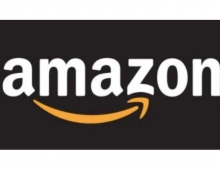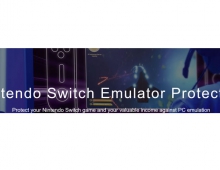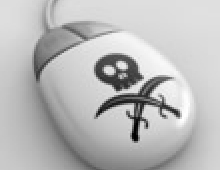
DVD Copy Protection: Take 2
The next generation of technology won't have a Hollywood ending...
In 1999, a 16-year-old Norwegian high school student took on the motion-picture industry and won. The teenager, Jon Johansen, wrote software that decrypted the Content Scrambling System (CSS) that rearranges the bits on prerecorded DVDs to prevent the discs' being played back on unauthorized hardware. Until Johansen wrote his software utility, which he called DeCSS, you could copy the bits from a DVD to your computer hard drive, but because those bits were scrambled, you couldn't play a movie from those copied bits.
Johansen's DeCSS soon reached every corner of the globe, thanks to the Internet, and prompted a host of legal battles. In the end, Norwegian judges ruled his actions legal, but U.S. judges ruled the distribution of the software illegal. Nevertheless, anybody who wants to make a copy of a DVD can now do so easily, much to the dismay of the entertainment industry. It is not clear whether such copying is done legally under copyright law, but no individuals have been prosecuted for making copies for their own use.
With manufacturers about to unveil a new generation of DVD players and discs, moviemakers now see a rare opportunity to get the horse back into the barn and lock the door tight. So, this past July, two entertainment companies joined with six electronics manufacturers and chip makers to announce the creation of the Advanced Access Content System (AACS), the copy protection scheme designed to keep future generations safe from pirated DVDs. The specification was due by year-end 2004, and products incorporating it are slated to appear by year-end 2005.
Backers of the protection method are betting that AACS technology will finally thwart unauthorized copying of DVDs while allowing consumers to distribute movies legitimately over networks within their homes, play them on a variety of devices (standard televisions, portable movie players, and laptop computers), and store them on home media servers. "We wouldn't be investing our time otherwise," says Michael Ripley, the chairman of the AACS alliance's technical working group.
To read the entire article, click at the 'Source' link!
Johansen's DeCSS soon reached every corner of the globe, thanks to the Internet, and prompted a host of legal battles. In the end, Norwegian judges ruled his actions legal, but U.S. judges ruled the distribution of the software illegal. Nevertheless, anybody who wants to make a copy of a DVD can now do so easily, much to the dismay of the entertainment industry. It is not clear whether such copying is done legally under copyright law, but no individuals have been prosecuted for making copies for their own use.
With manufacturers about to unveil a new generation of DVD players and discs, moviemakers now see a rare opportunity to get the horse back into the barn and lock the door tight. So, this past July, two entertainment companies joined with six electronics manufacturers and chip makers to announce the creation of the Advanced Access Content System (AACS), the copy protection scheme designed to keep future generations safe from pirated DVDs. The specification was due by year-end 2004, and products incorporating it are slated to appear by year-end 2005.
Backers of the protection method are betting that AACS technology will finally thwart unauthorized copying of DVDs while allowing consumers to distribute movies legitimately over networks within their homes, play them on a variety of devices (standard televisions, portable movie players, and laptop computers), and store them on home media servers. "We wouldn't be investing our time otherwise," says Michael Ripley, the chairman of the AACS alliance's technical working group.
To read the entire article, click at the 'Source' link!





















